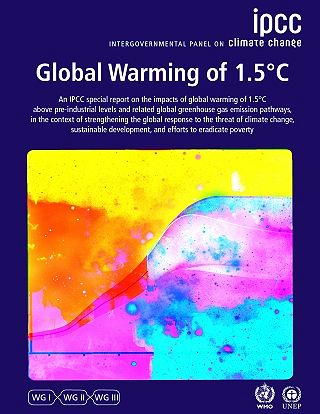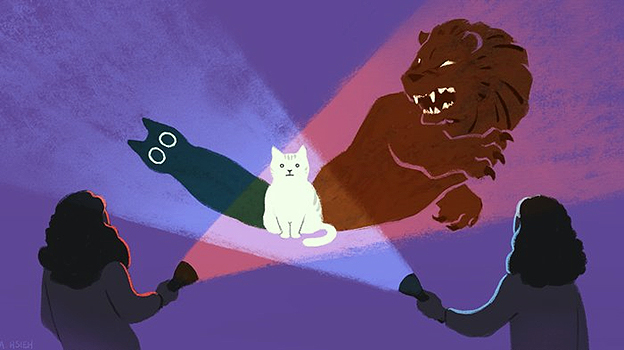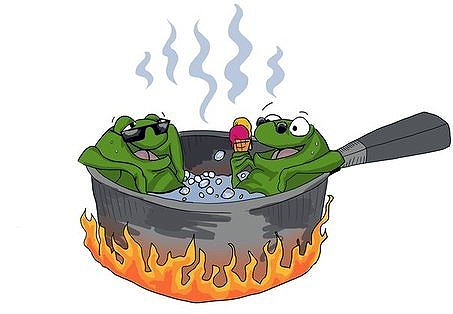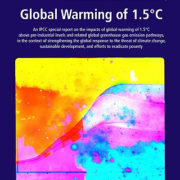IPCC Report A Call to Action
IPCC Climate Report and Sea Level Rise in Hawai’i
Eight of the world’s 10 largest cities are located near a coast. Hawaii, an island state, is surrounded by coastlines and as sea levels rise, Hawaii’s residents and economy along with millions of people around the world are affected by increased coastal flooding and coastal erosion, as well as higher storm surges which are moving further inland.
We’re not talking about something happening in 10 – 20 years. We’re talking about something happening right now – and unless we act, the danger will only grow.
According to the latest report from the Intergovernmental Panel on Climate Change, if we can limit warming to 1.5 degrees Celsius (instead of the 2 degree target many policymakers use) by 2100, we’ll see slower sea-level rise and give vulnerable island nations and coastal communities more time to prepare and adapt. We have the power to determine what the future looks like for future generations, and it’s our responsibility to use it. 
We have to think big and act quickly if we want to keep global warming at levels we can live with.
That’s the inevitable conclusion from the Intergovernmental Panel on Climate Change’s (IPCC) latest report, Global Warming of 1.5ºC. In case you don’t spend every day deciphering UN acronyms, the IPCC is the voice of the world’s top climate scientists. The organization brings together literally thousands of scientists and researchers working in every related field from atmospheric sciences to marine biology and on every continent to distill what we know about what’s happening to our planet, and more specifically, Hawai’i.
What the IPCC found – and the 2018 report details – should be a wakeup call to the world. The key findings in the IPCC report that every citizen and politician should be concerned about can be summed up in this three findings:
1- WE’RE ALREADY AT 1 DEGREE – HOW MUCH HOTTER IS UP TO US – The report estimates that since the Industrial Revolution, human activity (i.e. burning fossil fuels) has already put enough carbon pollution into the atmosphere to raise global mean temperatures by one degree. All the pollution already in the atmosphere will keep trapping heat for years, whatever we do. Which is to say, how much global warming impacts continue and increase from now is in our hands.
2- THERE’S A BIG DIFFERENCE BETWEEN TODAY AND A 1.5 DEGREES TEMPERATURE INCREASE – AND A HUGE DIFFERENCE BETWEEN 1.5 AND 2 DEGREES – The report details a host of likely results of reaching 1.5 degrees of warming: storms growing even more powerful; oceans becoming more acidic and killing off major sections of coral; whole sections of landmasses transforming from one ecosystem to another. Truly, the list goes on and there’s every reason to be very, very concerned. Things get outright terrifying at 2 degrees increase: massive ecosystem losses not seen since the last ice age; potentially irreversible melting of ice sheets triggering sea-level rise affecting millions; species extinction; annual fishery catches declining by up to 3 million tons.
3- IT’S 2030 OR BUST – Because all the greenhouse gases we emit today have a nasty habit of sticking around in the atmosphere a very long time – we have only a short window to radically reduce emissions if we want to keep warming to 1.5 degrees. That window closes – more or less – around 2030. As the report outlines, if we want to hold the line to 1.5 degrees, we have to slash emissions by about 45 percent from 2010 levels by 2030. Then we have to reach net-zero around 2050. These are reductions planet-wide. After 2030, all signs point to greater levels of greenhouse gases starting a domino effect of climate risks we can’t accurately predict but are pretty sure no one wants to see.
In some ways, the huge changes we need to see by 2030 make the next decade feel like a planet-wide psychology experiment. With the future of the world literally at stake, will we change?
 The simple answer is that we have to. Yes, it’s a big ask. Yes, it will be hard. But so was reaching the South Pole in 1911. So was putting a man on the moon. So was eradicating smallpox. The difference this time is that it’s not up to a crack team of explorers or scientists.
The simple answer is that we have to. Yes, it’s a big ask. Yes, it will be hard. But so was reaching the South Pole in 1911. So was putting a man on the moon. So was eradicating smallpox. The difference this time is that it’s not up to a crack team of explorers or scientists.
It’s up to all of us. Corrective measures by each of us can make a big difference between success in tackling climate change or failure, such as what food we eat (fossil fuel intensive or not) and where it came from (local or imported from great distances), how much energy we use and where it came from (the sun and wind or fossil fuels), and so on. Everyone is a consumer of planetary resources, and the by-products of this global consumption is waste and pollution in various forms, often contributing to greenhouse gases threatening the planetary system on which we all depend. One thing is certain, we can no longer deny our role, responsibility, and contribution to global climate change, or the scientific call to action. 
You may recall the frog being slowly boiled alive. The premise is that if a frog is put suddenly into boiling water, it will jump out, but if the frog is put in tepid water which is then brought to a boil slowly, it will not perceive the danger and will be cooked to death.
Like the frog in left in a pot of boiling water, we humans hold the means to stop heating up the planet and saving ourselves, or we can ignore the signs of climate change happening all around us and suffer the consequences of our inaction and indifference.




Leave a Reply
Join the Community discussion now - your email address will not be published, remains secure and confidential. Mahalo.